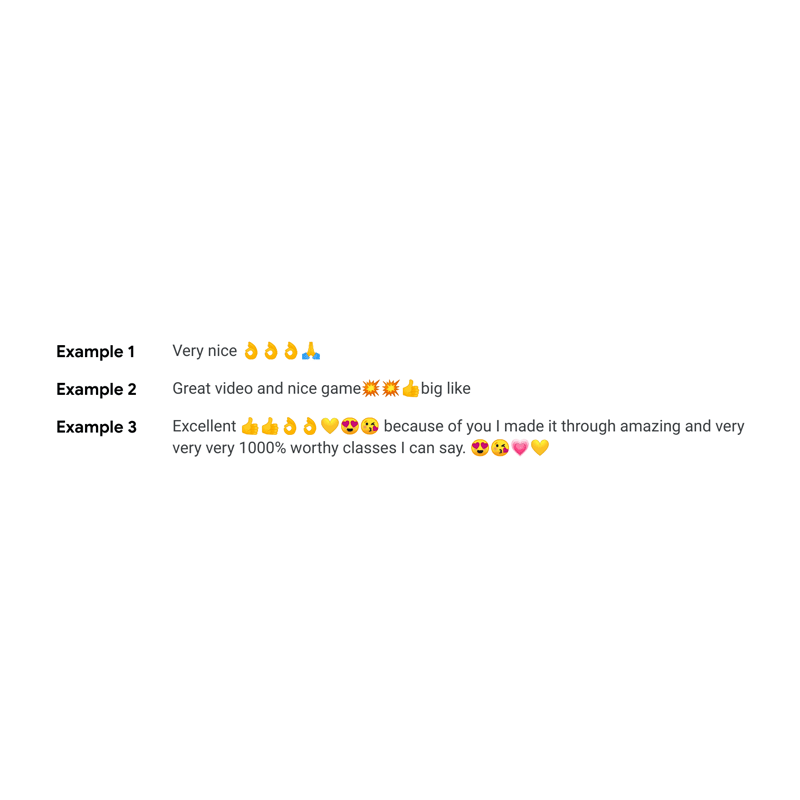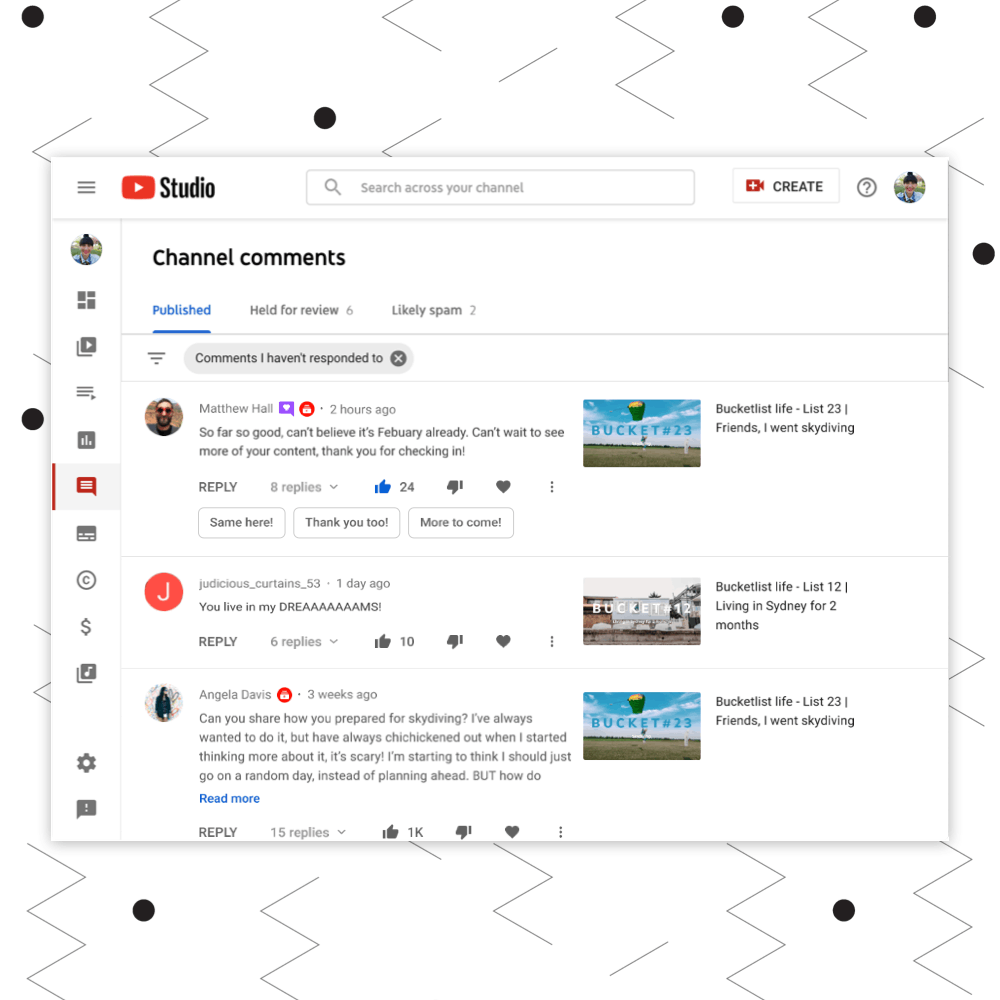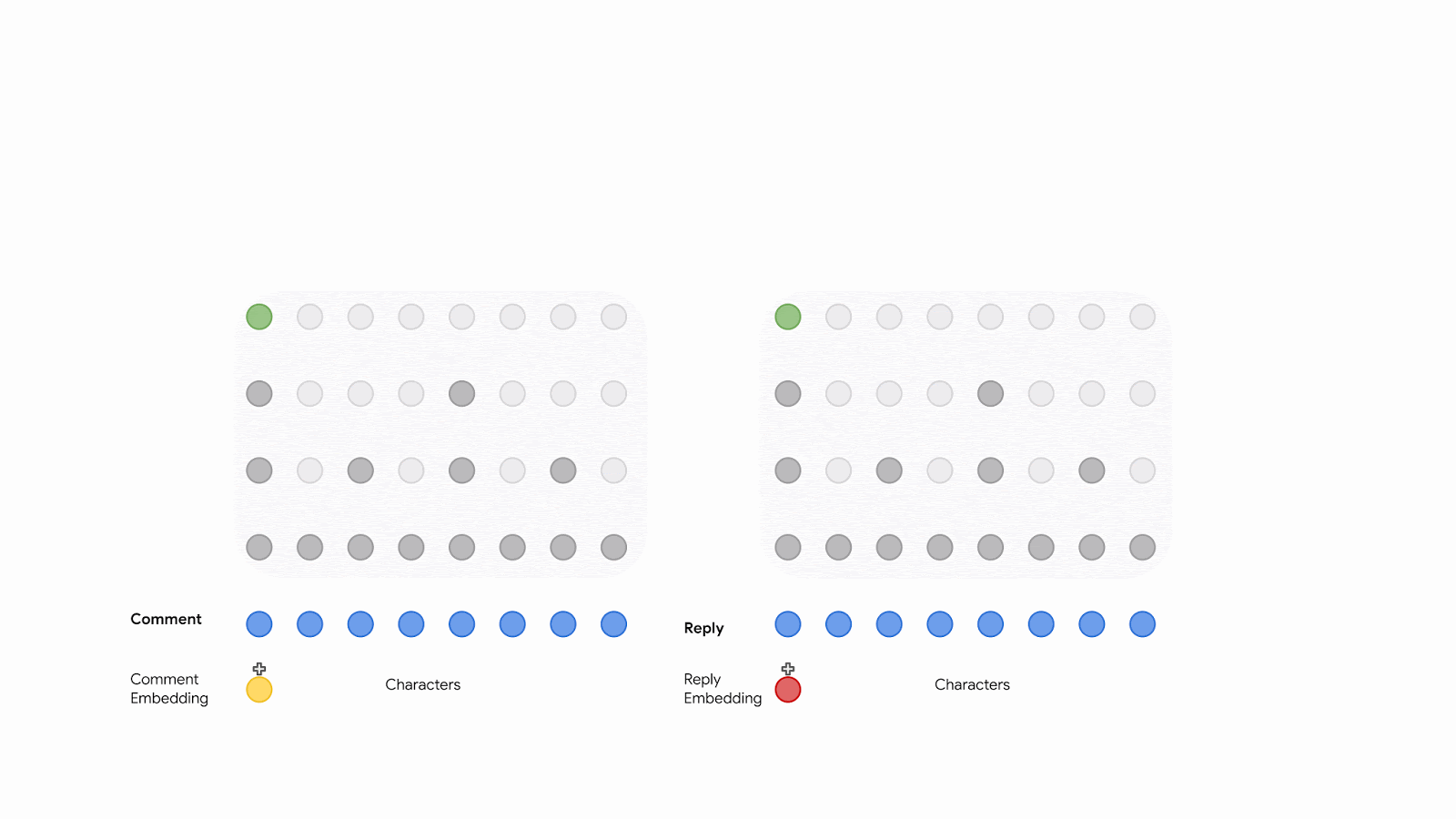
YouTube creators have to deal with a lot of things, and that lot of things can take a lot of time.
From brainstorming for a new video, to create a video with all the required hardware and settings, editing the video to fit the audience, and more.
And once the video has been uploaded, they also need to address the audience, which include replying to the comments.
It can be fun at first.
But as more videos have been uploaded and seen, the more subscribers the creator has, and the more popular the creator becomes, comments can appear faster than anyone's ability to reply.
The task of a YouTuber can turn from fun to daunting in an instant.
Google has what it calls 'Smart Reply', which according to the company, is a "novel end-to-end method for automatically generating short email responses."
Initially made available on Gmail, it's purpose is to increase productivity.
This time, Google is expanding the use of the feature, by introducing it to YouTube Studio.
With it, Google is making it easier for YouTube creators to engage with their audience and quickly reply to comments.

In the announcement, Google said that:
"We are now excited to share an updated SmartReply built for YouTube and implemented in YouTube Studio that helps creators engage more easily with their viewers. This model learns comment and reply representation through a computationally efficient dilated self-attention network, and represents the first cross-lingual and character byte-based SmartReply model."
The more popular YouTube creators become, the larger the volume of responses they may receive to their videos.
For creators, replying to comments is just one way for them to give something back to the community.
But unlike communications via email, where conversations are usually longer but more formal, conversations on YouTube tend to be shorter, but a lot more complex.
This makes things difficult for the Smart Reply for email. This is why Google needed to tweak it a bit.
Smart Reply is an AI-powered feature that is designed to help users generate appropriate replies without actually typing.
Originally, Smart Reply worked by encoding word-by-word with AI, to then decode potential replies with another word-level recurrent neural network. But because the approach was computationally expensive, Google redesigned the system to be able to search through a predefined list of suggestions for the most appropriate response.
This is done through preprocessing of language identification, tokenization, normalization, and more.
As a result, Smart Reply for emails is well-tuned for narrow genres of writing.
But its approach couldn't be implemented to YouTube, simply because “in comparison to emails, which tend to be long and dominated by formal language, YouTube comments reveal complex patterns of language switching, abbreviated words, slang, inconsistent usage of punctuation, and heavy utilization of emoji."
To address this issue, YouTube's Smart Reply encodes text without any preprocessing.
"This approach is supported by research demonstrating that a deep Transformer network is able to model words and phrases from the ground up just by feeding it text as a sequence of characters or bytes, with comparable quality to word-based models," said Google.
Then there was another issue: speed.

YouTube comments tend to have longer character sequences, which require computational complexity. This self-attention layers grows quadratically the longer the sentence.
To speed up the whole process, Google applied temporal reduction layers at each layer of the network, similar to the dilation technique applied in WaveNet, in order to provide a balance between computation and quality.
Technically speaking, Google reduces the input for each subsequent layer by dropping a percentage of characters at equal offsets. After applying several transformer layers, Smart Reply for YouTube is able to have the sequence length greatly truncated.
This in turn significantly reduced the computational complexity, and improve overall speed.
“Our goal is to help creators, so we have to make sure that SmartReply only makes suggestions when it is very likely to be useful,” the blog post reads. “Ideally, suggestions would only be displayed when it is likely that the creator would reply to the comment and when the model has a high chance of providing a sensible and specific response.”